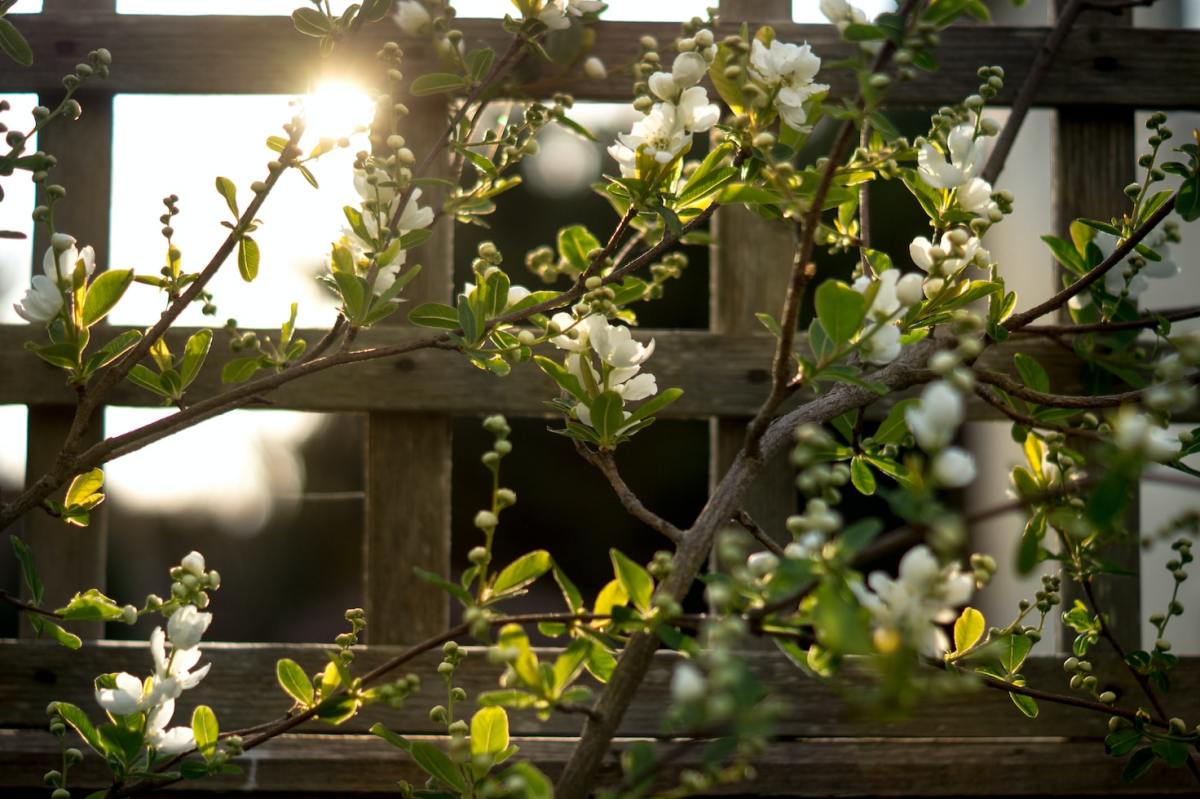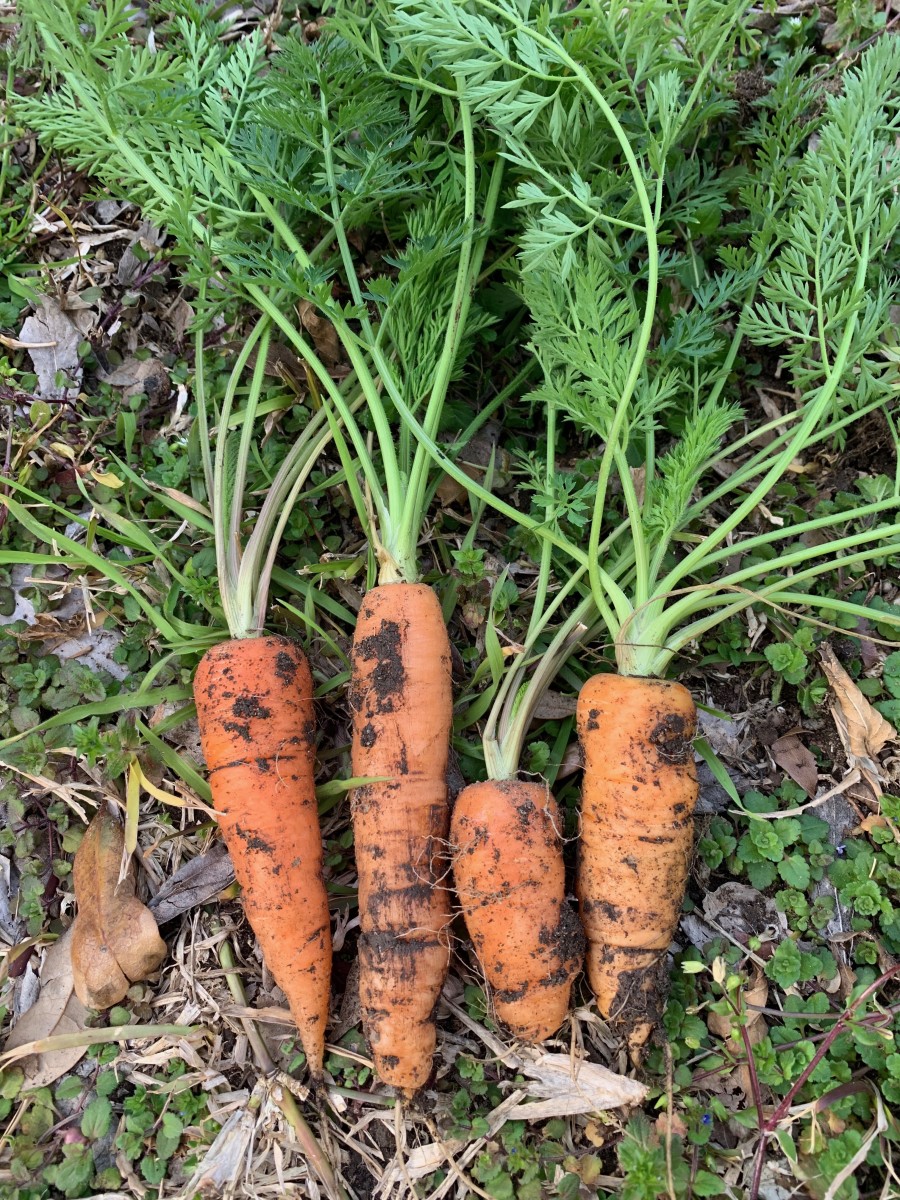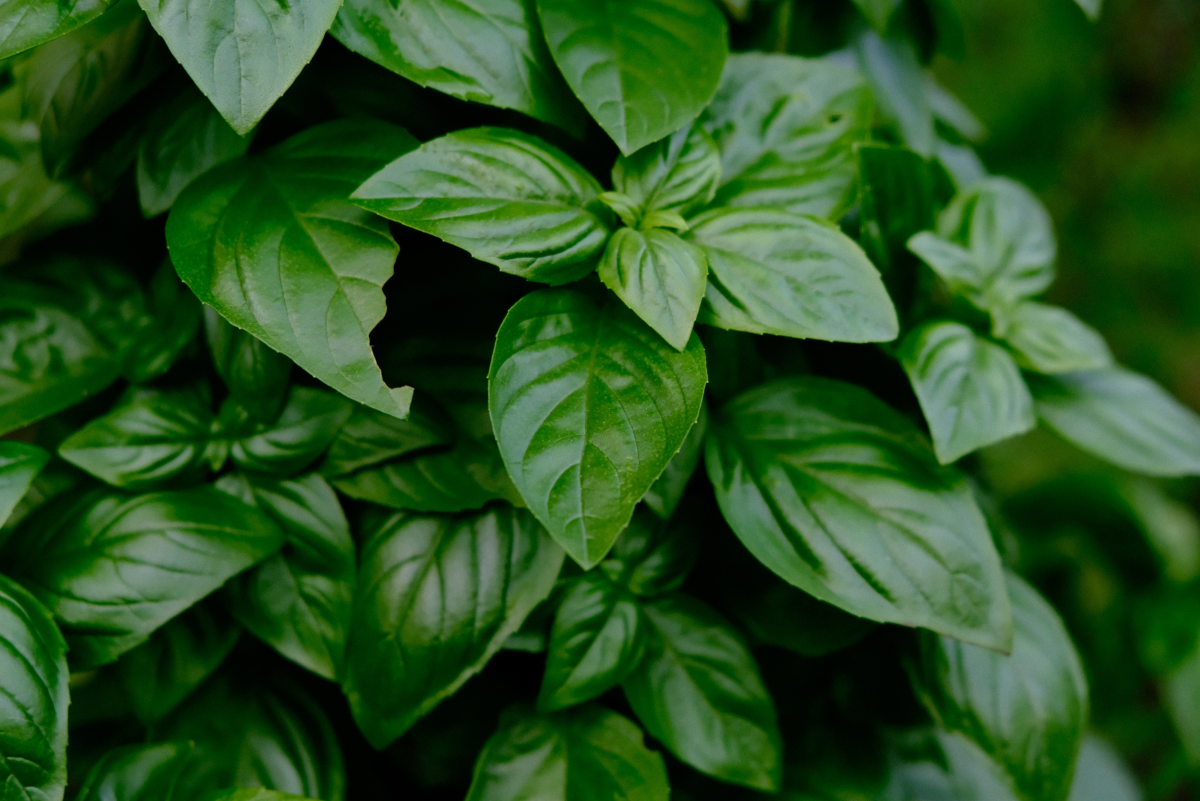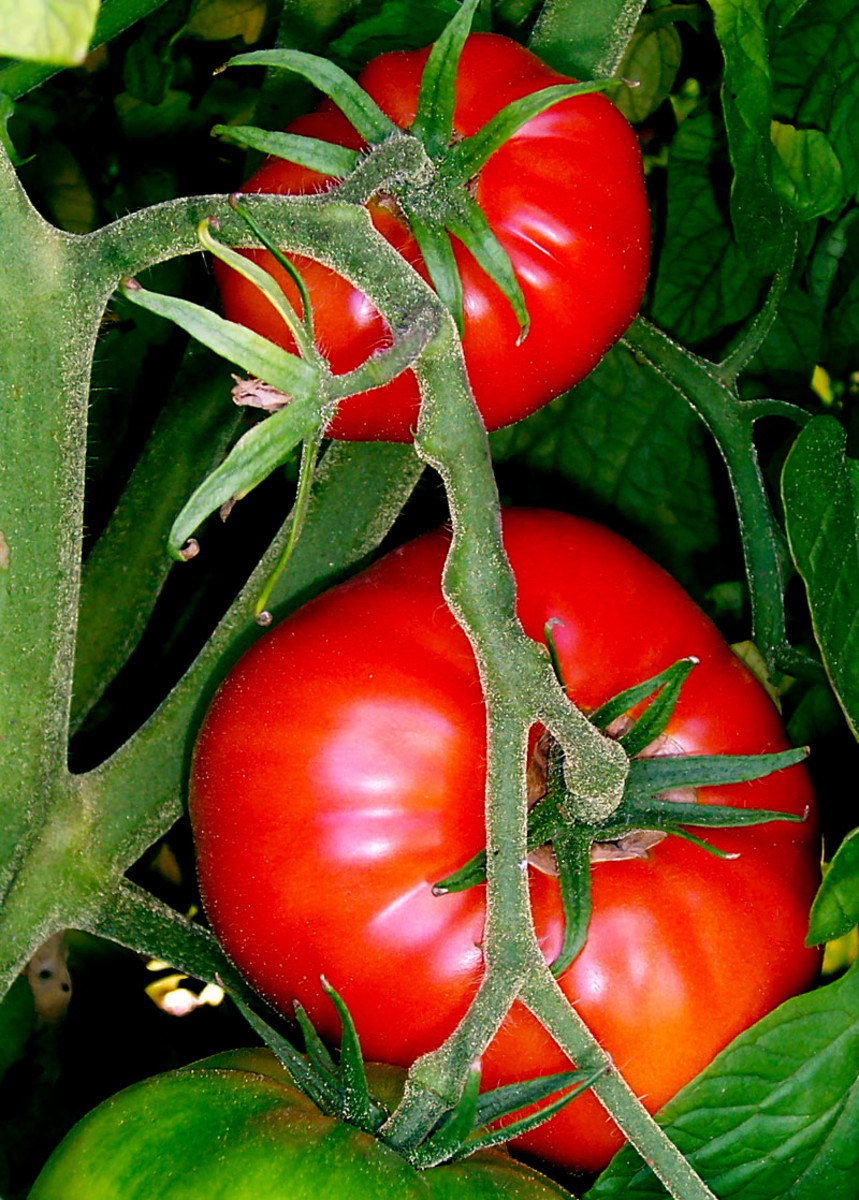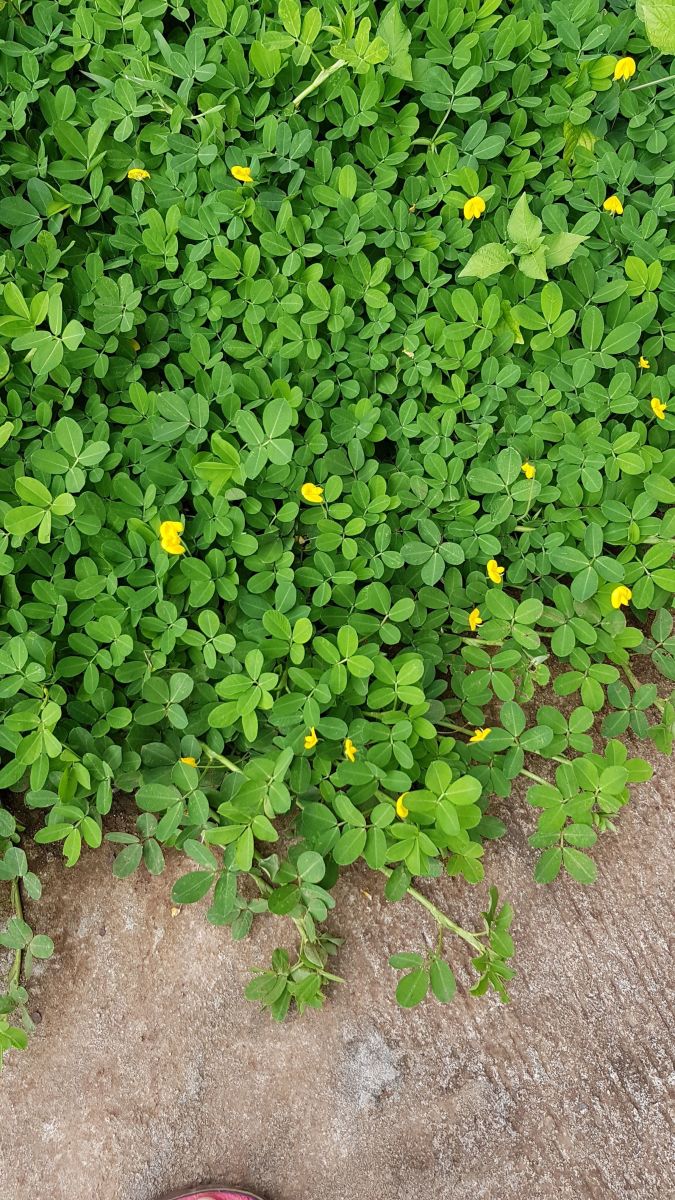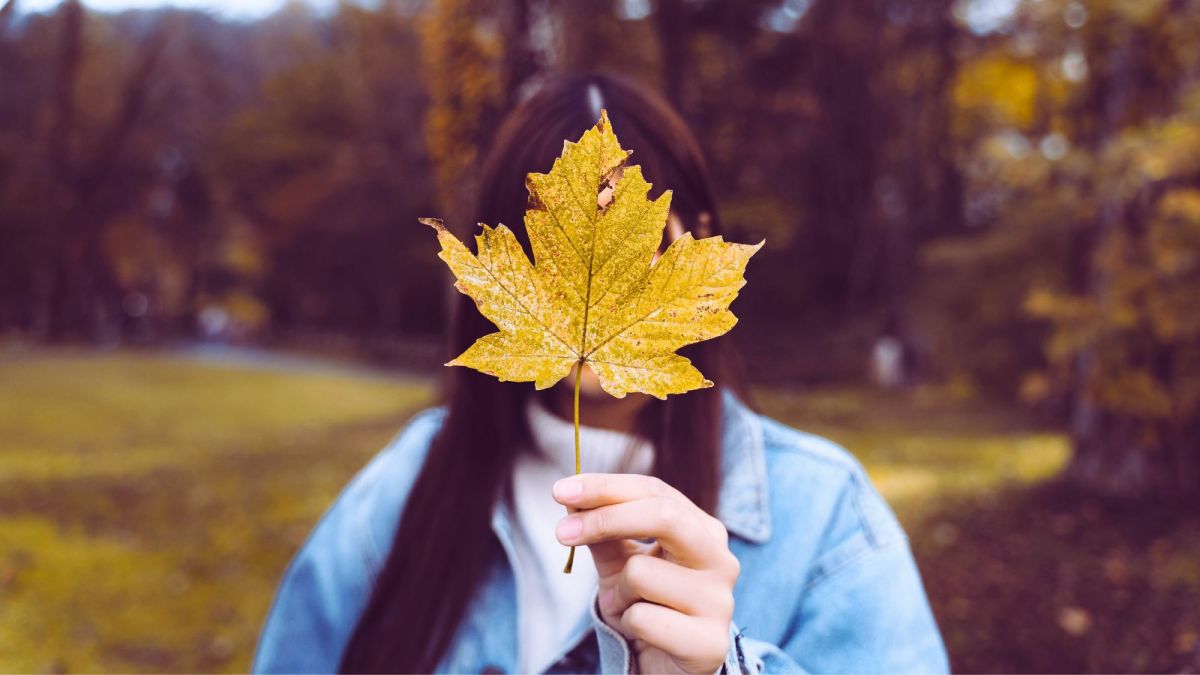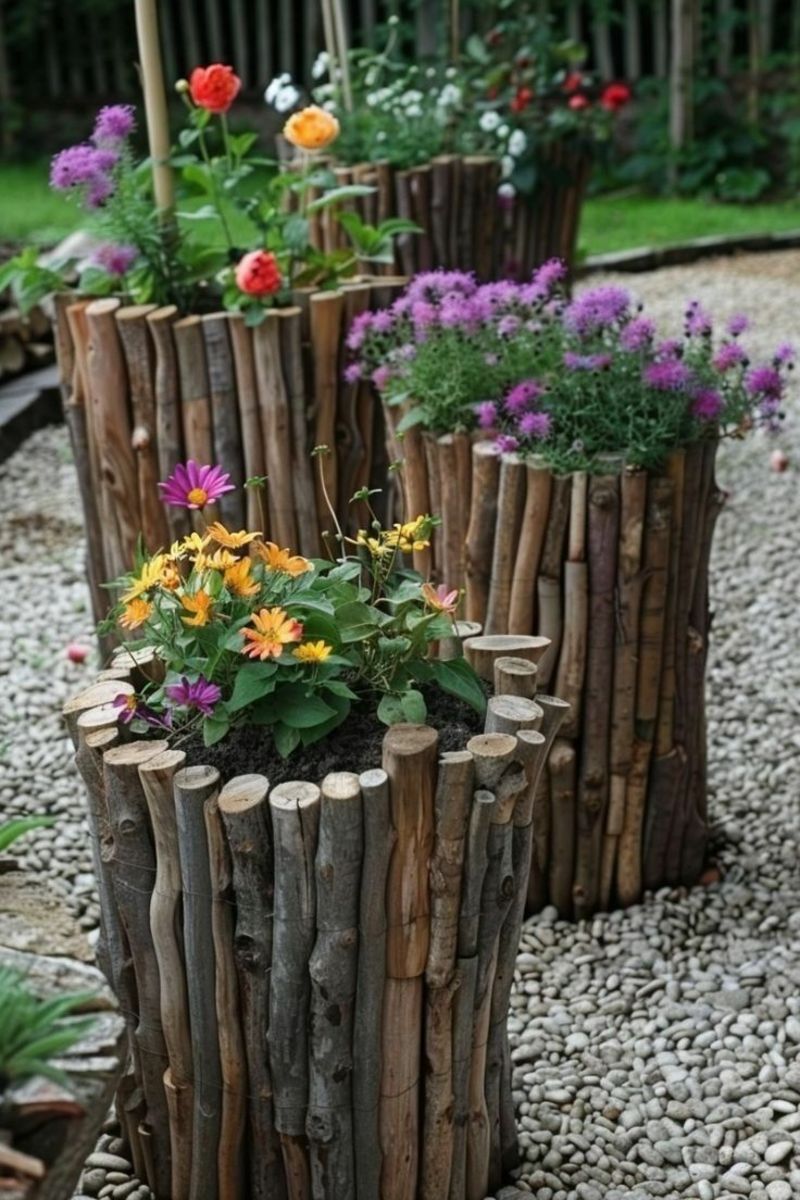How to Grow Peas
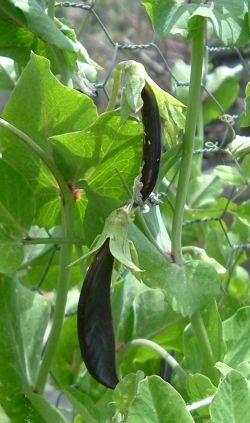
Sugar Snap Peas, Purple Peas, Soup Peas, Snow Peas, I Just LOVE Peas!
I love peas of all kinds, sugar snap peas, snow peas, soup peas, green peas, purple peas. I love to eat them any way they come raw, frozen, stir-fried, steamed!. Any way that is except canned! Can't stand canned peas! In this article I will show you how I grow all sorts of peas in my organic garden and how you can too! I'll even cover inedible sweet peas because I love their scent, it's intoxicating!
Peas are one of the oldest cultivated vegetables. Seeds have been found of cultivated varieties of peas that date back beyond the Current Era. Peas were originally a staple soup or porridge item, rather than being eaten as a fresh green vegetable.
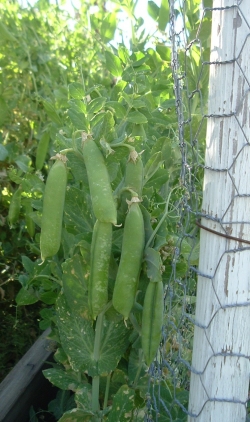
When to Plant Peas
Here in the desert Southwest the best time to plant peas, at least in the foothills where I live, is in the fall, September - November or so. The weather is cooling off but the soil is still pretty warm so September sown peas practically jump out of the ground. However I continue planting as I have space open up and can prepare trellises on into November. You can also plant peas in February and March, but they won't sprout as quickly because the soil then is cold and they will not give you a very long harvest time since no matter when you plant them they are done between mid-May and the first week of June. (Even sooner if you live in the low desert; I'm at 3300 feet and don't start getting 90+ degree temps until about the end of May, most years). Pea blossoms will shrivel without producing a pod when the temperatures start getting over about 80-90 degrees F. The same thing will happen if the plants wilt from lack of water, but a thorough soaking will revive them and the next set of buds to open should set pods, if the weather is not too hot.
In other parts of the US you might have to wait until early spring to get your peas in, usually 4-6 weeks before your last spring frost. However, if you had to wait that long to plant, you will probably have a harvest season that goes into early summer. (Check with your USDA County Agricultural Extension office to get the best planting dates for your area and recommended varieties.)
Young pea plants can survive very cold weather and snow. Taller, older pea plants may be damaged by snow and freezing, but mostly to the flowers and pods. They will continue to grow and produce when the weather warms up a little. A handy trick, if you have some of the spun bonded polyester row covers is to run a piece down each side of the trellis. Use clothes pins to pin it to the top of the trellis, with some extra length laying on the ground, put some heavy rocks or bricks on this part. This will help provide a sheltered micro climate inside the 'tent' and your peas will grow and produce through milder freezes.
The other thing that will do the plants in during the winter is heavy wind. When the wind is whipping the plants around and blowing them off the trellis it also tends to break their stems and every part above the break will die. So if you have a sheltered spot that still receives full sun that would be good.
Where to Grow Your Peas
Set Up Your Trellis
Most pea varieties are climbing plants and will need a trellis of some sort to climb up. Since pea plants put out little tendrils that clasp onto things to help them climb, the trellis should be made of fairly fine material. Most of the time I use 1"-2" chicken wire on tall stakes. Chicken wire is handy for a lot of things so I usually have a roll of it around the place. I always buy the 6' tall wire, I can always cut it down if I need to, but most large pea plants will grow 5-7 feet tall, so this is a good size to buy.
You can also use bamboo to make tipis for your peas and run strings around the bamboo for the peas to grab. This seems to be a pretty common method in Asia. I make my pea rows about 2 feet wide with the trellis down the middle and a path on each side for easy picking. But a small circular bed with a tipi in the center is aesthetically pleasing and could become the focal point of a small potager.
Another type of trellis that you see in some garden books and videos is one with just a bare bones framework of bamboo or other poles with string run between them. I've tried those; I never could get the things to be stable during high winds and running all that string was a pain. Your mileage may vary.
Shorter varieties of peas of course will not require a huge trellis. Check the expected height of the variety you want to plant and plan your trellis accordingly. Found objects, cast offs and even just rusty junk can become unique and affordable trellises. This year I'm using a metal head board from a single bed that I found on the side of the road as a trellis for my Early Perfection Peas.
When thinking about where to plant your peas, remember that being tall plants they are going to produce some shade so set your trellises on the north side of your garden so shorter plants will still get some sun. For maximum sun exposure for all plants, run your rows north and south instead of east and west, if at all possible.
A Trellis You Can Make
Here is a quick video to show you how to make a rustic bentwood trellis. One of these would be especially nice at the end of a garden bed to give height, perhaps with tall sweet peas in the cooler weather and morning glories during the summer. Use one to hide your compost pile or other less than beautiful item.
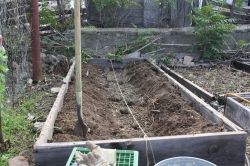
Preparing the Soil for Your Peas
In addition to general soil conditioning, like previously having double dug my beds and added as much compost as possible, when I get ready to plant the peas I dig a trench along each side of the trellis, as deep as my shovel will go. If it's been awhile since the bed was double dug, then I'll also stab my digging fork down into the bottom of the trench as deep as possible and wiggle it around and lever it up to break up the sub soil.
Then I add about 6-8 inches of manure (rabbit manure, usually, since that is what I have now, but horse, cow, goat, etc. will work. If you have hen manure I wouldn't use quite as much as it is a lot stronger). If you don't have any manure you could use compost. I soak the trench and the manure down well with water. Then I rake a couple of inches of soil over the top and let things settle for a day or two. I will note here that the soil in my garden runs the gamut from sandy gravel to full fledged caliche clay, so hard when dry it is like trying to dig through cement. The pH is 9+ (very alkaline) and tests show no nitrogen or potash and way too much phosphorous. And about zero organic matter except where I have been piling it on over the years. Your soil is probably very different (unless you live in the desert like I do) so you may want to have your soil tested or at least check with your county agriculture adviser or an experienced gardener as to what the soil in your area may need in the way of amendments.
Peas are classed as legumes and technically can make their own nitrogen by having a symbiotic relationship with a soil bacteria called Rhizobium. However, I have found that peas love a rich soil and even pretty fresh manure as well as lots of compost. I think this is because they really like to have a lot of water and all that organic matter helps keep water in the soil. Otherwise I don't usually give the peas any fertilizer like I do the other plants in the garden.
You can inoculate your pea seeds with the Rhizobium bacteria. It is commonly available from many seed suppliers. Do read carefully however as the different species of Rhizobium and other nitrogen fixing bacteria are pretty plant specific, so you need to make sure that you are getting the kind for garden or English or green peas and not something like Purple Hull Peas, which aren't peas at all, but actually a kind of bean. To use you simply moisten the seeds a bit and sprinkle on the black powder and stir them up together. Then plant the seeds right away. The Rizobium will stay viable in it's packaging if you keep it in the refrigerator until it's expiration date. You can't use too much of the stuff but using too little means there won't be enough bacteria to populate the pea plants roots in any great numbers.
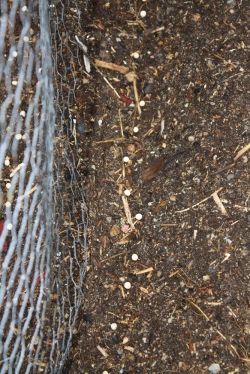
Preparing to Plant Your Peas
When I am ready to plant my pea seeds I make a small furrow on each side of the trellis and fill it with sifted compost. This gets the pea seedlings off to a great start. You can skip this step if you don't have enough compost, but it is helpful. I drop the pea seeds about 2 inches apart along the bottom of the trench and gently press them into the soil. Since my soil tends to a heavy clay that crusts over when dry I also cover the seeds with compost. If you are short of compost this is probably the most important place to use it. If you don't have any compost and you have clay soil you might want to cover the seeds with a peat based potting soil so they don't have too much trouble sprouting up. Your pea seeds should be about 1 inch deep when you are done covering them up.
Sugar Snap Peas

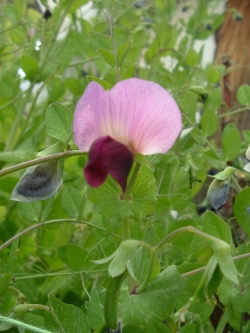
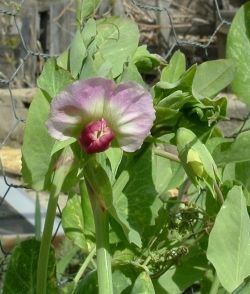
Capucijners, Blauwschokkers, Sweet Magnolia and Other Purple Podded Peas
I've got a thing for the unusual, the different, the rare, whether fruit, flower, vegetable or herb. I tend to collect the things that are unusual. So a few years ago when I heard rumors there were Purple Snap Peas I went looking.
What I found was that some seed companies were selling Capucijners as a purple snow pea. Capuciners are purple podded and do stay pretty flat like snow peas for longer than other shelling peas. Named after the Capuchin monks which grew them they are actually not that tasty as a snow pea. The pods don't even taste very pea like. As raw shelled peas they are even a little bitter. However, when shelled and cooked until soft they have a delightful sweet starchy flavor, perfect for soup. And that is what they actually are, soup peas. I imagine those monks probably used them much like the Mexican folk use pinto beans, as a daily protein rich staple food. The name Blauwschokkers is what the Dutch call Capuciners, it just means 'blue pods'. At this time I believe the only US source for Blauwschokker seed is theSeed Savers Exchange. If you know of another source, please let me know so I can add it here.
Sweet Magnolia is a purple snow pea. (It's the pea in the first photo on this page) Unfortunately they do turn green when cooked, but they are fun to put raw into salads or on veggie trays. Sweet Magnolia was developed by Alan Kapular of Peace Seeds. It took Alan about 15 years to get a strain of purple podded snow peas to breed true enough to offer them to the public. I got my first seeds from him and have saved my own seeds each year that I have grown them since.
Pea Shoots
A new craze these days are "micro greens". These are small seedlings usually grown in trays indoors and harvested by cutting just above the soil line when they are 1-3 inches tall. They sell for high prices, especially during the winter. Pea shoots are often grown this way. Pea shoots taste just like peas! (so do pea flowers) I haven't had the best luck growing greens indoors in trays. Instead I often snip the tender pea shoots to stir fry from plants in the garden. This year I"m going to experiment with planting some peas extra thick outdoors just for the purpose of cutting them as shoots. I think that will eliminate some of the mold issues I was having trying to grow them indoors. If you haven't tried pea shoots, you really should, they are delicious.
What About Sweet Peas?
First, lets clear up some confusion. Some folks call shelled green peas, the vegetable, 'sweet peas'. I suppose this is to distinguish them from soup peas which are not so sweet. However, when I talk about sweet peas, I'm talking about the garden flower whose scientific name is Lathyrus odoralus. No part of this plant is edible. I've included it here, however, because they take the same culture as garden or English peas, by which name peas, the vegetable, are sometimes known.
Sweet peas are one of my most favorite flowers, their scent is nearly indescribable. I can almost get high burying my nose in a bouquet of them! I most appreciate the old fashioned sorts, often called Old Spice, as they are the strongest scented. They are also usually the tallest growing at about 5-6 feet. Plant breeders have come out with shorter varieties like Cupid which only grow 10 inches high.
Even if peas aren't your first love, I do hope I've given you enough information and instructions here to make growing garden and sweet peas easy for you to do on your own. Though if you have a problem with them I would be happy to try and answer any questions. And if you think I have forgotten to tell you something important about growing peas, please let me know!
© 2017 hysongdesigns


